Minčeta Tower
One of the most prominent and most visited Dubrovnik’s protecting towers as well as the highest point of its defence system, is the Minčeta Tower.
Locally known as Tvrđava Minčeta, the fortress was named after the Mencetic family who owned the ground which the tower was built upon. And it was originally built in 1319 by a local builder Nicifor Ranjina, as a strong four-sided fort after the fall of Constantinople to the Ottoman Empire (1453).
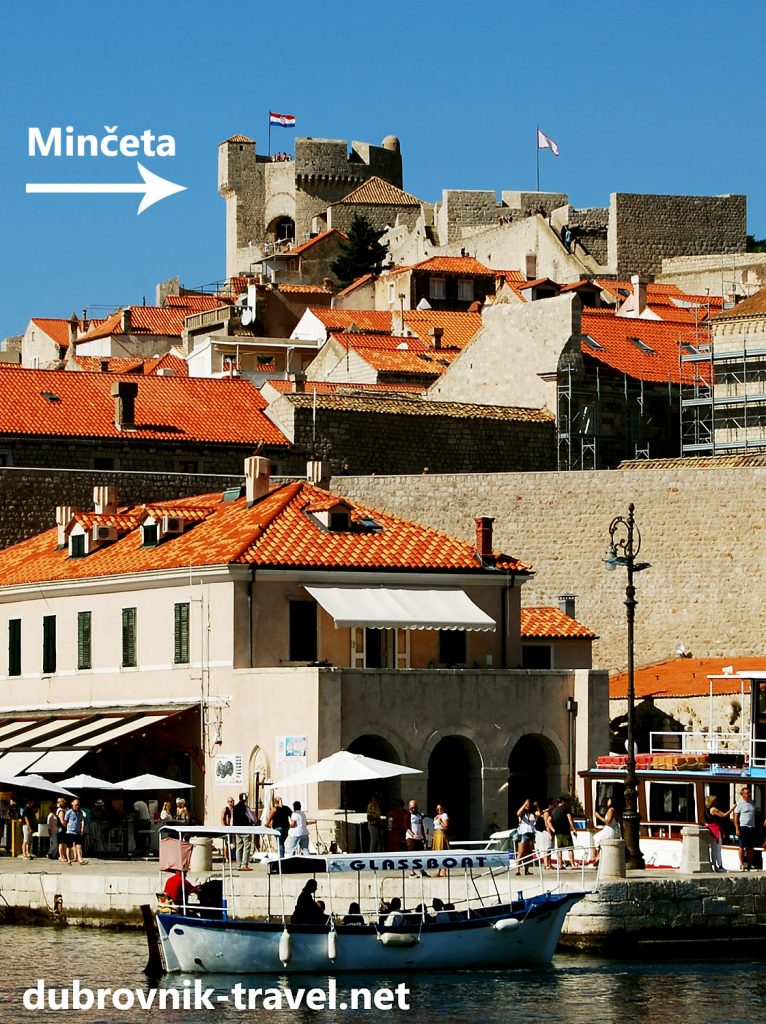
Above photo: Minčeta viewed from the Old Port
After the fall of Bosnia which followed soon in 1463, the tower went through reconstruction.
Michelozzo di Bartolomeo Michelozzi, an Italian architect and sculptor were then called to work on further fortifying processes. He did so by using a new warfare technique whereby building a new round tower and then joining it to the new system of low scarp walls fortified the pre-existing tower even more.
After Michelozzi abruptly ended cooperation with the Dubrovnik government as he got offended for of not getting approval for his plans on the reconstruction of Rector’s Palace, another architect, Juraj of Dalmatia (Juraj Dalmatinac) from Zadar was hired.
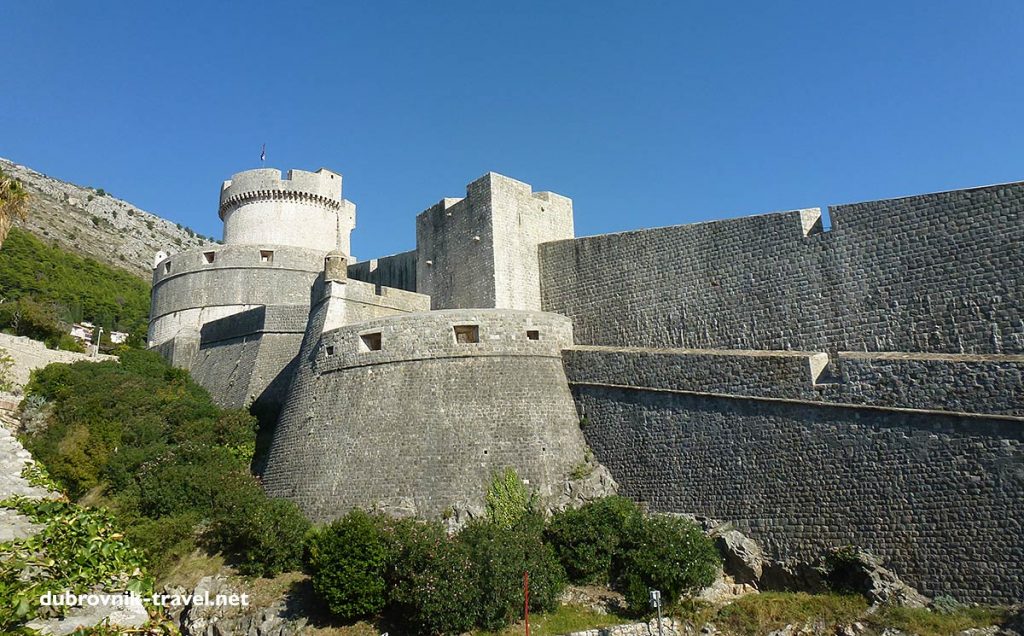
Minceta with adjoining walls
Need Entry Tickets to Town Walls? Buy Now
His most visible work on the tower is also the most recognizable part of today’s tower, the Gothic crown giving away a sense of power and nobility.
In its importance to the town’s defence, it is more of a more decorative value rather than then protective.
The story says how with the in lack of stone each new visitor coming from Gruž (today’s main port) or Pile direction (western entrance to the town) was obliged to bring a piece of stone according to his or her body construction.
Popular routes: Split to Dubrovnik, Dubrovnik to Split, Hvar to Dubrovnik, Dubrovnik to Hvar
In a valuable enterprise that took place in 2004, the water reservoir opposite the Minčeta tower was restored.
It is presumed how the water reservoir was connected to the fortress through a three-vaulted aqueduct.
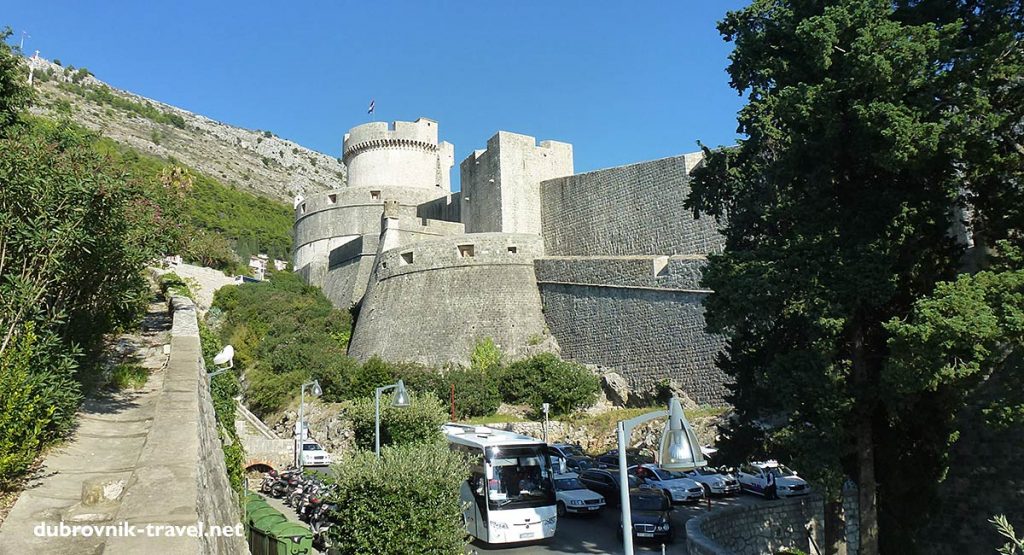
The aqueduct itself was destroyed at the end of the 19th century when the road behind the city from Ploče (eastern part and entrance to this city fort) to Pile was built.
As a symbol of unconquerable Dubrovnik, upon Minceta tower today wavers the Croatian flag.
During the summer another flag is set next to it, so-called Libertas flag annotating the slogan and symbol of the old Dubrovnik Republic, with ‘libertas‘ being the Latin word for freedom.
Not only a reminder of proud history and one of the flags used in the old Dubrovnik Republic, but it is also a reminder of two big renowned festivals taking place in Dubrovnik – Dubrovnik Summer festival in July and Libertas film festival in April.
Some may worry about the course of 750 steps along the way and the steep, narrow winding staircase to Minceta Tower. But once one conquers the fortress of an unconquerable city – the effort most certainly pays off.
It is said that one has not been to in Dubrovnik if they haven’t walked through the Dubrovnik, especially if not seeing and enjoying the view from atop of Minčeta.
To start the walking tour with fort Minčeta as the first sight on 2 kilometres long walk around Dubrovnik’s fortifying system, the best option is to begin at Pile Gate entrance and head right.
Video:
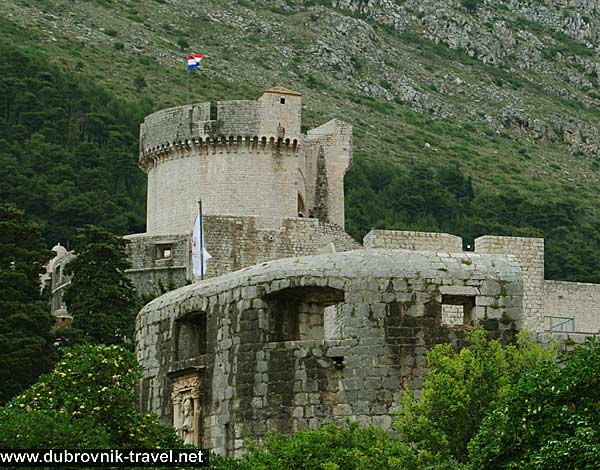
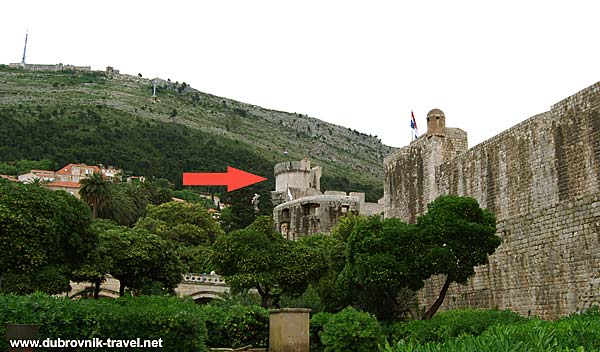
Above photo: Location of Minceta Tower
Location Map of Minčeta Tower:
see the location of Minceta Tower on a larger map
Photos of Minceta Tower:
- Minceta Tower (photo 1930s)
- Dubrovnik Walls and Minceta Tower
- Street Scene and Minceta Tower – Dubrovnik (1900s)
- Approach to Minceta Tower – Dubrovnik (1900s)
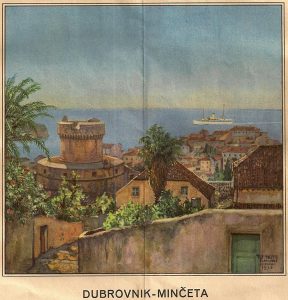
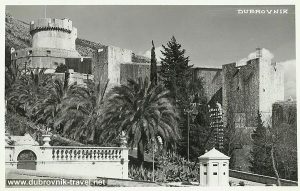
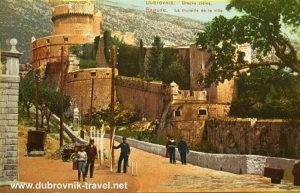
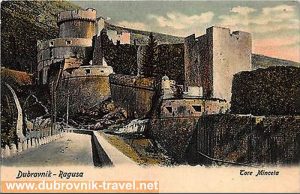

 Subscribe
Subscribe